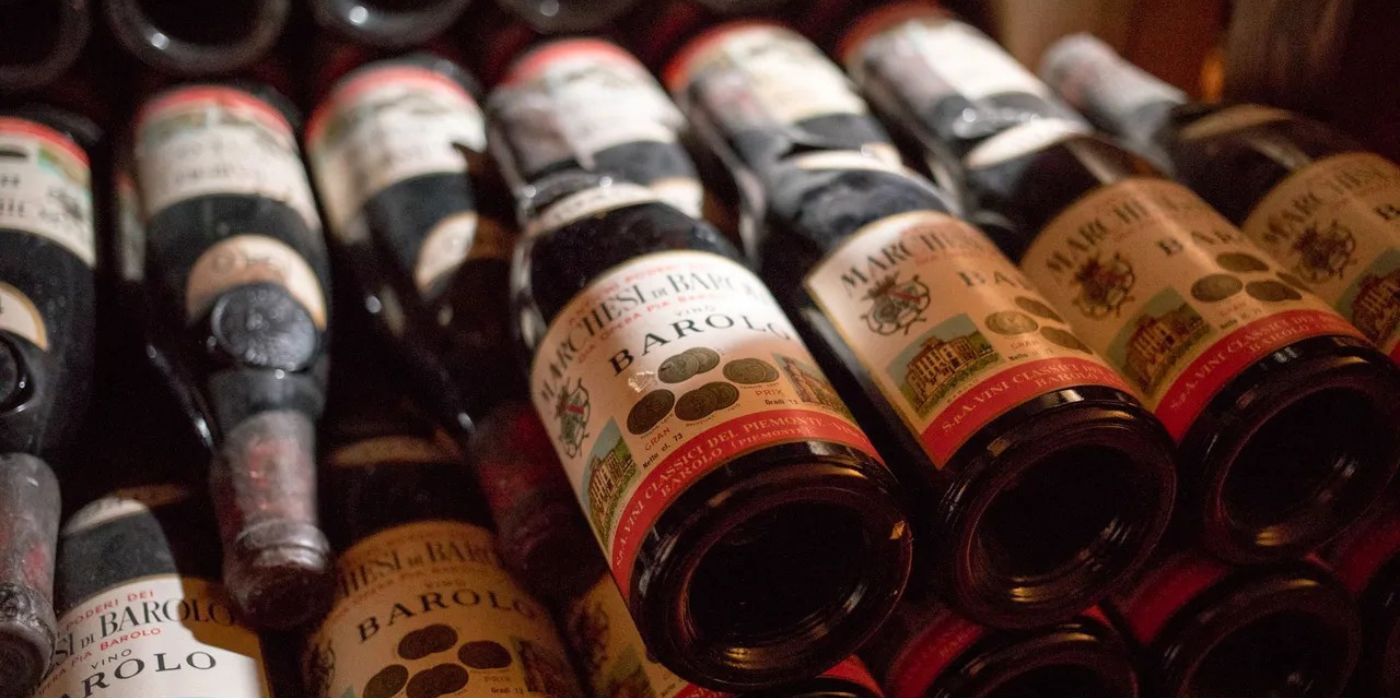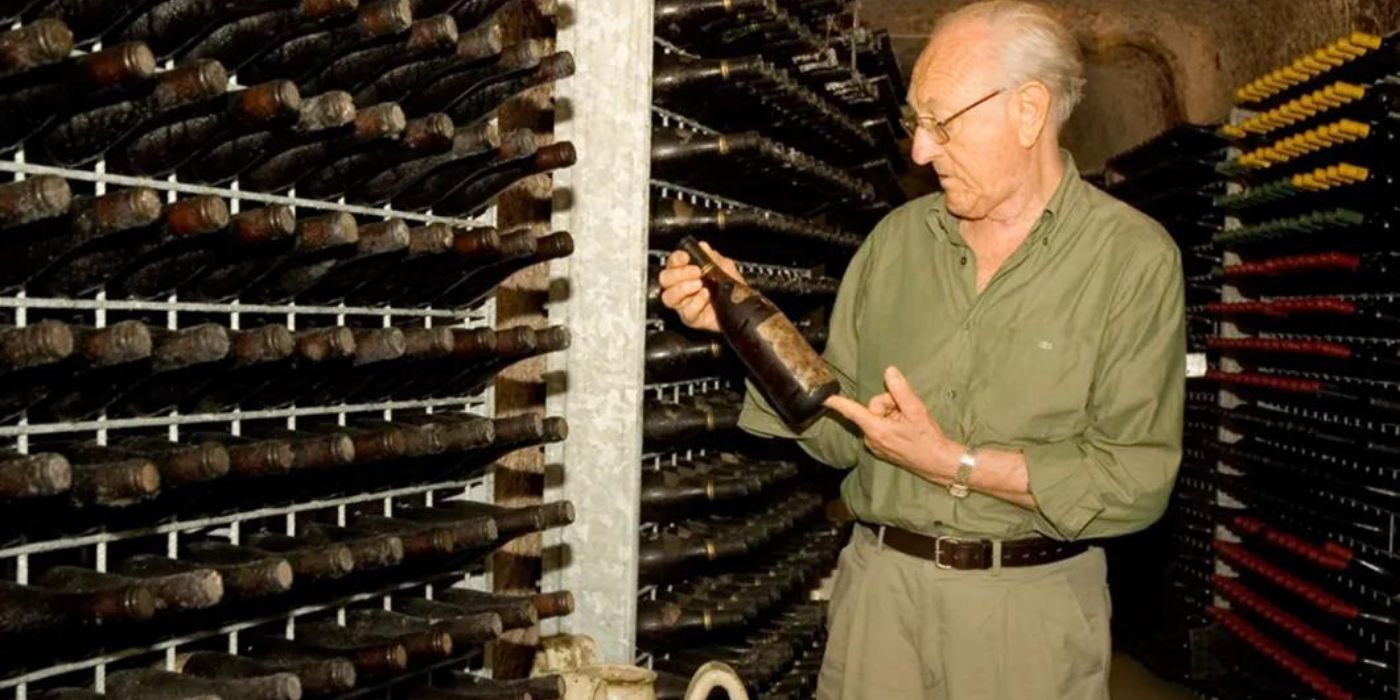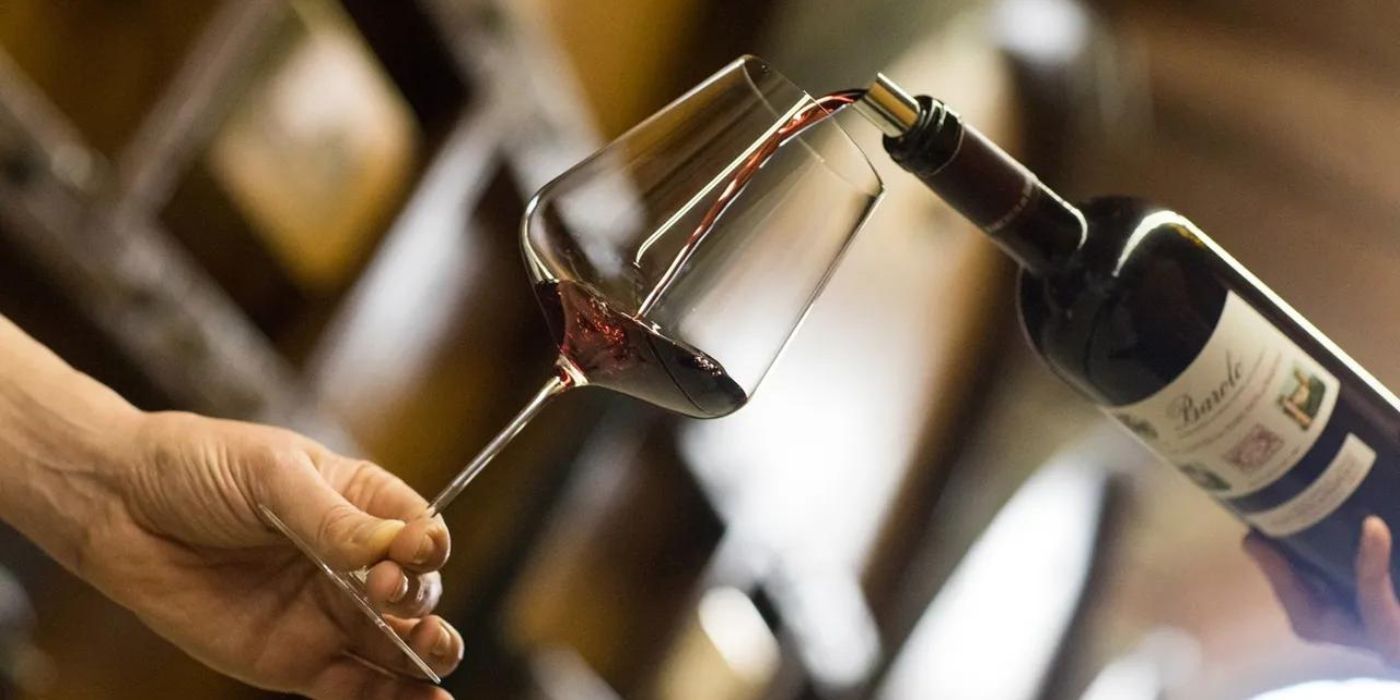Since the 1990s, wine tourism in Italy has grown rapidly. Today, over 14 million people travel annually to discover Italian wines, visit wineries, and immerse themselves in regional food and culture. Italy has become one of the most sought-after destinations for culinary and wine-focused travel, thanks to the quality of both its wines and its diverse gastronomy. Among Italy’s vast variety of wines, red wines remain the most renowned, ranging from bold and age-worthy classics to everyday food-friendly bottles. There’s an Italian red for every taste and every budget.
This article is your guide to the best Italian red wines. You'll learn about the most famous varieties, explore key Italian red wine regions, and get practical tips for choosing the right bottle. And at the end, download the Italian wines map, your perfect companion for discovering the country’s rich wine landscape, one region at a time.

Overview of Italian Wine Regions

Wine is produced across the entire Italian peninsula, from the alpine foothills of the north to the sun-drenched coastlines of the south. It is the traditions, flavours and cultural identity of each region that give Italian wine its extraordinary variety and authenticity. Among the most renowned Italian red wine regions are Tuscany and Piedmont, both known for their historical prestige and high production volumes. Other key areas include Veneto, famous for its Valpolicella reds, and Trentino-Alto Adige, known for elegant, mountain-grown varieties. In the south, regions like Sicily, Apulia, and Campania stand out for their bold, full-bodied reds.
The secret behind this diversity lies in Italy’s terroir, a unique blend of geography, soil composition, microclimate, and centuries-old cultivation methods. These natural and cultural factors directly influence the types of grapes grown and the distinctive profiles of the wines produced. Surrounded by vine-covered hillsides, historic villages and castles, each winery tells a story of family traditions and ties with the land. It is not just a matter of tasting a wine, but of living an authentic experience that tells the essence of the land.
Discover moreListen to the podcast version of the article with Monna Lisa and Leonardo's voices
The identity of Italian red wine

Italian red wines are known for their rich color, which can range from deep ruby to garnet and, in aged wines, even orange-tinted hues. One of the most defining traits of red wine is its aromatic profile. Scents of ripe red or black fruits are often accompanied by floral notes, Mediterranean herbs, spices, and earthy undertones. These wines are typically full-bodied and structured, with pronounced tannins and density, making them ideal for pairing with meat dishes, aged cheeses, and flavourful regional specialties.
The red color comes from the fermentation process, during which the grape juice is left in contact with the skins. This step, absent in white wine production, enhances color, texture, and concentration. It also introduces natural compounds such as resveratrol, an antioxidant thought to support cellular health and slow aging. Red wine, when consumed in moderation, is a source of vitamins and minerals.
A balanced red wine is defined by four key elements: tannins, acidity, alcohol, and sugar. When these are in harmony, the result is a well-structured and enjoyable wine.
Discover the most renowned varieties of Italian red wines

10. Brunello di Montalcino – Tuscany
Grape Variety: 100% Sangiovese Grosso (locally called Brunello)
Region & Classification: DOCG from Montalcino, south of Siena in Tuscany.
Why It Stands Out: Brunello is one of Italy’s most prestigious wines, aged for a minimum of 5 years, and known for its depth, longevity, and elegance. It features notes of cherry, dried flowers, spice, and forest floor.
Pairing Suggestions: Ideal with Florentine steak, roasted lamb, aged pecorino, or wild boar ragù.
9. Barolo - Piedmont
Grape Variety: 100% Nebbiolo
Region and Classification: DOCG of the Langhe hills in Piedmont.
Why it stands out: Known as the “King of Wines”, Barolo is powerful, tannic and aromatic, with fruity and floral hints such as violet, vanilla and spices. Aged for a minimum of 3 years.
Suggested pairings: Perfect with braised beef, truffle dishes, wild game and mature cheeses.
8. Amarone della Valpolicella – Veneto
Grape varieties: Corvina, Rondinella, Molinara
Region and Classification: DOCG Valpolicella Classica, near Verona.
Why it stands out: Made from dried grapes, Amarone is full-bodied, rich and velvety, with intense aromas of black cherries, spices and tobacco.
Suggested pairings: Ideal with grilled meats and mature cheeses.
7. Lagrein - Trentino-Alto Adige
Grape variety: 100% Lagrein
Region and classification: DOC Alto Adige/Südtirol.
Why it stands out: Robust and tannic, Lagrein offers flavours of dark plum, blackberry, cocoa and tobacco. Often matured in wood, it has good ageing potential.
Suggested pairings: Speck, beef stew with polenta, South Tyrolean goulash or mountain cheeses.
6. Nero d’Avola – Sicily
Grape Variety: 100% Nero d'Avola
Region and Classification: IGT or DOC in various parts of Sicily (particularly Noto and Vittoria).
Why it stands out: The symbolic wine of Sicily, intense and bold, with notes of black cherry, plum and Mediterranean herbs. It can be fresh and fruity or structured and aged in wood.
Suggested pairings: It pairs perfectly with red meats, roasts and mature cheeses.
5. Primitivo di Manduria – Apulia
Grape variety: 100% Primitivo (relative of Zinfandel)
Region and Classification: DOC from Manduria and surrounding areas in Salento, Puglia.
Why it stands out: Deep, full-bodied red with aromas of blackberry, cherry and spices.
Suggested pairings: Excellent with red meats, wild game or mature cheeses.
4. Aglianico – Basilicata and Campania
Grape variety: 100% Aglianico
Region and Classification: DOC Aglianico del Vulture (Basilicata), DOCG Taurasi (Campania).
Why it stands out: Often referred to as the “Barolo of the South”, Aglianico produces bold, tannic wines with notes of dark fruit, leather, tobacco and minerality. Renowned for its complexity and capacity for ageing.
Suggested pairings: Ideal with roast or grilled meat, wild game, mature pecorino cheese or long-cooked ragù.
The secrets for finding an excellent Italian red wine

With hundreds of grape varieties and regional styles, choosing the right Italian red wine can be as exciting as it is overwhelming. These key tips will help you make more informed and confident decisions, whether you're visiting a local winery or exploring an international wine shop.
3. Labels and certifications: how to understand the quality of wine
Italian wine labels use classification terms that reflect quality and origin. DOCG denotes the highest level of regulation and prestige. DOC wines follow traditional regional standards. IGT wines offer more flexibility and creativity, often at more accessible prices.
2. The best wine? Buy it where it is produced
The best wines are often the ones produced locally. If you’re in Tuscany, try a Chianti Classico or Brunello. In Sicily, go for Nero d’Avola or Cerasuolo di Vittoria. Local wines are usually fresher, more affordable, and thought to pair with regional food traditions. For a conscious buying experience, it is also important to choose carefully where to buy: wineries offer direct contact with producers and guided tastings, and enoteche, Italy’s specialized wine shops, offer curated selections with expert support. Even supermarkets, especially outside tourist areas, can hide excellent regional labels for less than 10-15 euro.
1. When quality goes beyond the label
Not all great wines carry top-tier certifications. Pay attention to producers that are small-scale, organic, or family-run. A detailed back label listing grape varieties and vintage is a good sign. Wines with no clear origin or grape, often labeled simply as table wine tend to be more generic, with limited traceability or character.
A journey through the wines of Italy

From the rolling hills of Tuscany to the volcanic soils of Basilicata, Italian red wines offer an engaging and immersive experience for every palate. Now that you know what products to look for and where to find them, why not plan your next journey around the flavours and traditions of each region? Whether through a winery visit, a wine tour, or simply a carefully selected bottle to enjoy at home, let this guide be your starting point for discovering the authentic Italy through its wines.
Click below to explore and download the map of Italian wines.
About the author
Written on 24/06/2025



Francesca Dugo
Travel through Italy’s wine regions and taste the best red wines with our guide to varieties, local insights, and authentic wine experiences.